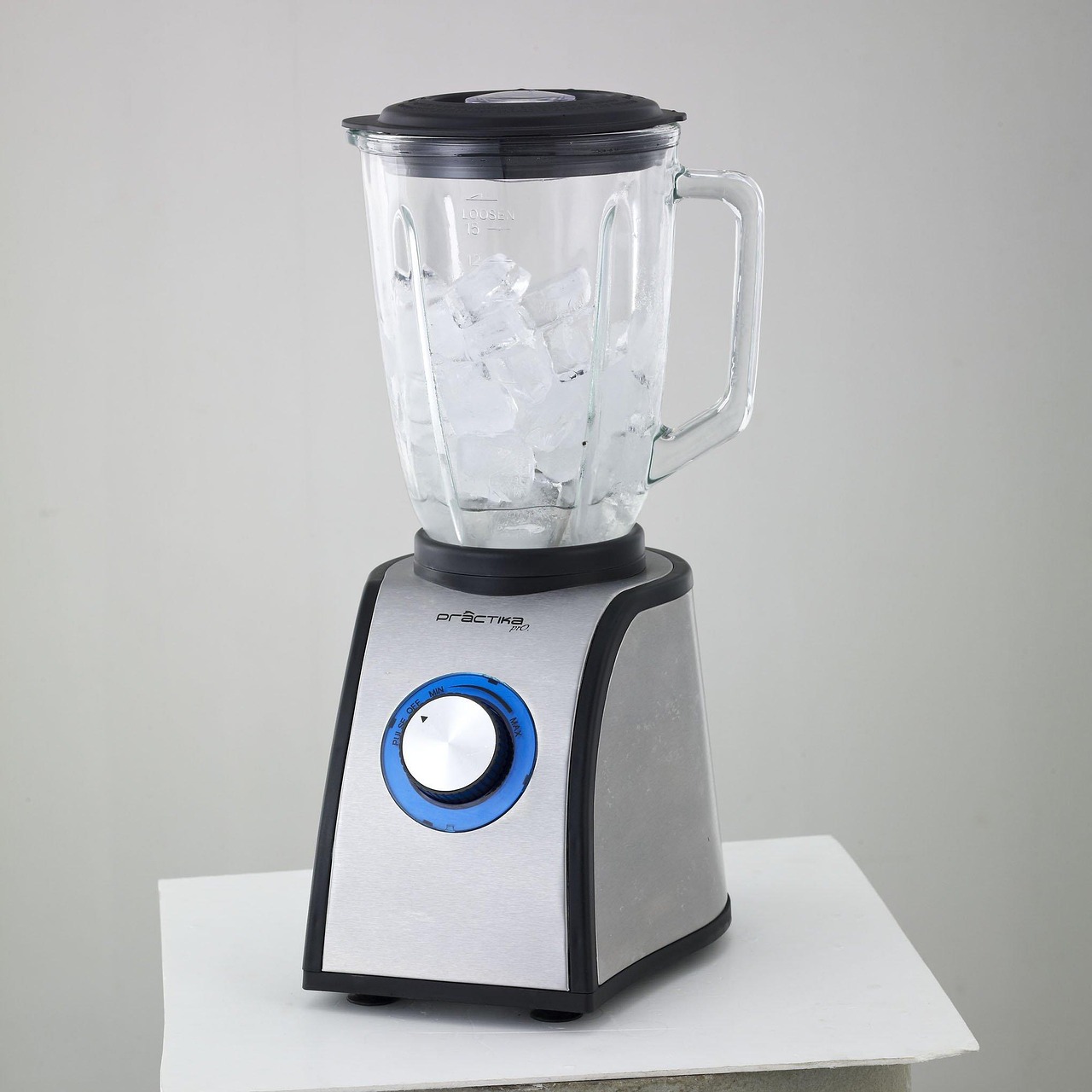Introduction to Kombucha Second Fermentation
Kombucha second fermentation, also known as bottle conditioning, is a process that allows you to carbonate and flavor your kombucha tea. This step is crucial in creating a fizzy and delicious drink that is packed with probiotics and other nutrients.
Equipment List
- Kombucha tea from the first fermentation
- Glass bottles with tight-fitting lids
- Flavorings such as fruits, herbs, and spices
- Cheesecloth or a coffee filter
- Bottling equipment such as a funnel and a bottle brush
Step-by-Step Guide to Kombucha Second Fermentation
The second fermentation process involves transferring the kombucha tea from the first fermentation into glass bottles and adding flavorings. Here are the steps to follow:
- Prepare your flavorings by washing and chopping fruits, herbs, and spices.
- Transfer the kombucha tea into glass bottles, leaving about an inch of headspace.
- Add your chosen flavorings to the bottles.
- Secure the lids tightly and shake the bottles gently to combine the ingredients.
- Place the bottles in a warm, dark place for 1-3 days to allow the second fermentation to take place.
Pro Tips for Kombucha Second Fermentation
To achieve the best results from your second fermentation, consider the following tips:
- Use a variety of flavorings to create unique and delicious flavors.
- Monitor the fermentation process closely to avoid over-carbonation.
- Store the bottles in the refrigerator to slow down the fermentation process once the desired level of carbonation is reached.
Frequently Asked Questions
Here are some common questions about kombucha second fermentation:
- Q: How long does the second fermentation take?
- A: The second fermentation can take anywhere from 1-3 days, depending on the temperature and the type of flavorings used.
- Q: Can I use any type of bottle for the second fermentation?
- A: No, it’s recommended to use glass bottles with tight-fitting lids to prevent contamination and over-carbonation.
